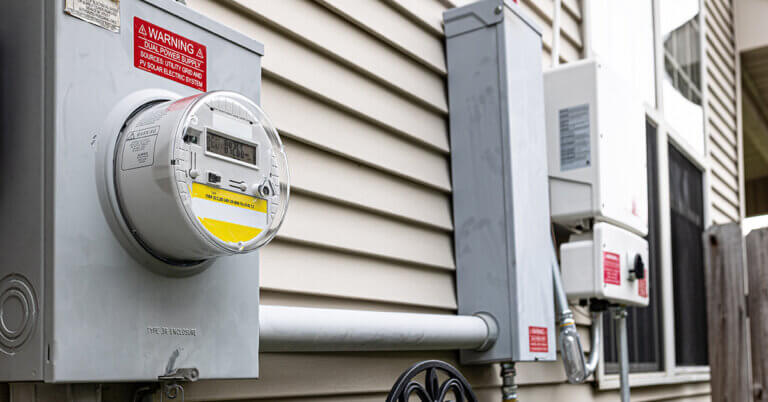July 30, 2020

Does Your Chatbot Have Lockjaw?
A few Sundays ago, I needed a tetanus shot. I sliced my finger open with a single-edge razor blade that I was using to scrap old wood glue off a kitchen chair. The razor blade wasn’t rusty or even dirty. But the fear of getting lockjaw had me racking my brain to remember when I had my last tetanus shot.
Getting lockjaw is one of the irrational fears you have if you grew up in the 1960s or 1970s. The thought of your mouth freezing in place and not being able to swallow or talk before you died freaked me out. As my friends at 4sight Health rightly pointed out, getting lockjaw was right up in the top 3 fears of that era, competing with drowning in quicksand or getting eaten by a shark.
Anyway, I remembered that my last tetanus shot was more than 20 years ago. It was time to get one as its protective powers last seven to 10 years at the most. And, hearing my dad’s voice in my head, I know I had only 48 hours to get one before it was too late. (I have no idea if that’s true.)
Unfortunately, the “express care” facility run by my HMO-approved medical group was closed because of COVID-19. I called the medical group’s “immediate care” facility to see if it was open. It was, but by appointment only. No walk-ins because of COVID-19. And, all the appointment times were booked.
I went to the website of an out-of-network “urgent care” site near my house. It had an open slot, yet somehow I booked a virtual appointment. Telemedicine is getting sophisticated, but I don’t know how it could give me an injection over Wi-Fi. I tried canceling the virtual visit, but the scheduling system on the website wouldn’t let me cancel. I called and left a message saying I didn’t want the virtual appointment.
I called my HMO-approved medical group back and explained my situation. The person on the other end of the line said I had two options. One, I could wait until my primary-care physician came in on Monday, entered an order for the shot into my medical record, then scheduled an appointment for me for the shot at his office or the immediate care facility, as soon as a slot was available. Or two, I could go to the emergency room at my local hospital. Hmmm. Risk lockjaw by waiting for my doctor to approve an order or risk exposure to COVID-19 (not to mention a big bill) by going to a crowded ER for a non-emergency?
Fearing lockjaw more than COVID-19 and having excellent credit, I started driving to the ER. About five minutes into the ride, my phone rang, and it was the urgent care center asking why I’m late to my virtual appointment. I explained the situation, and the person on the other end of the line said I could come in and they would give me my shot … for an out-of-network visit charge of $250 plus the cost of the shot and whatever professional fee the out-of-network doctor would charge.
Sensing I was starting to prefer lockjaw as the outcome, the person on the other end of the line pulled out a piece of paper she said she keeps in her desk. It’s a list of places where you can get a tetanus shot and how much each place charges for the injection. My local retail pharmacy was on her list. Less than 30 minutes later, I was immunized against tetanus and out just $48.06. Plus, I got a coupon for 20 percent off my next grocery bill.

Now, I don’t expect anyone to shed a tear over my most recent adventure with the healthcare system. It literally was just a cut on a finger. It’s nothing compared to what patients with real medical problems go through when negotiating with payers and providers to get the care that they need.
But, the story does work as a long anecdotal lead to a new patient experience survey by The Harris Poll commissioned by Change Healthcare, the Nashville-based healthcare technology company. Harris asked a representative sample of nearly 2,000 adults a bunch of questions about their experiences “finding, accessing and paying for healthcare.”
You can read about and download the survey results, which Harris released July 13, here.
Here are a few of the results from the survey that caught my eye:
- 81 percent of the respondents said shopping for healthcare services should be as easy as shopping for other types of services.
- 67 percent of the respondents said it feels like every step of the healthcare process is a chore.
- 62 percent of the respondents said the healthcare experience feels like it’s intentionally set up to be confusing.
- 56 percent of the respondents said they know people who will do anything to avoid seeking care because the healthcare experience is so poor.
Most if not all of the other questions are written to elicit answers that show strong support for the type of technology that Change Healthcare sells. That’s why medical tech companies hire polling companies.
Self-serving interests aside, the survey results that I cited match my experience exactly. At one point, I told my better half that I was going to take my chances with lockjaw rather than spending another hour on the phone trying to get a tetanus shot. She gave me that disapproving look that experienced nurses have perfected over the years, and I was quickly back on my laptop with our land-line phone cradled under my chin and my mobile phone on the table next to me giving me automated voice instructions.
Ultimately, I was helped by a human who knows weekend warriors in my neighborhood need tetanus shots all the time as they fumble around with home-improvement projects. She took it upon herself to keep a crib sheet of where they can get a shot when they need it and for how much out of pocket if they don’t have at least $250 handy.
That’s the type of person I want running our healthcare system. One who is laser-focused on patients as consumers and who is laser-focused on customer service. She gets it. She created an accessible, affordable workaround to help a segment of patient population in her community. It’s a small thing, but it’s a start.
Can your chatbot do that when it opens your digital front door?
Thanks for reading.
Stay home, stay safe, stay alive.





